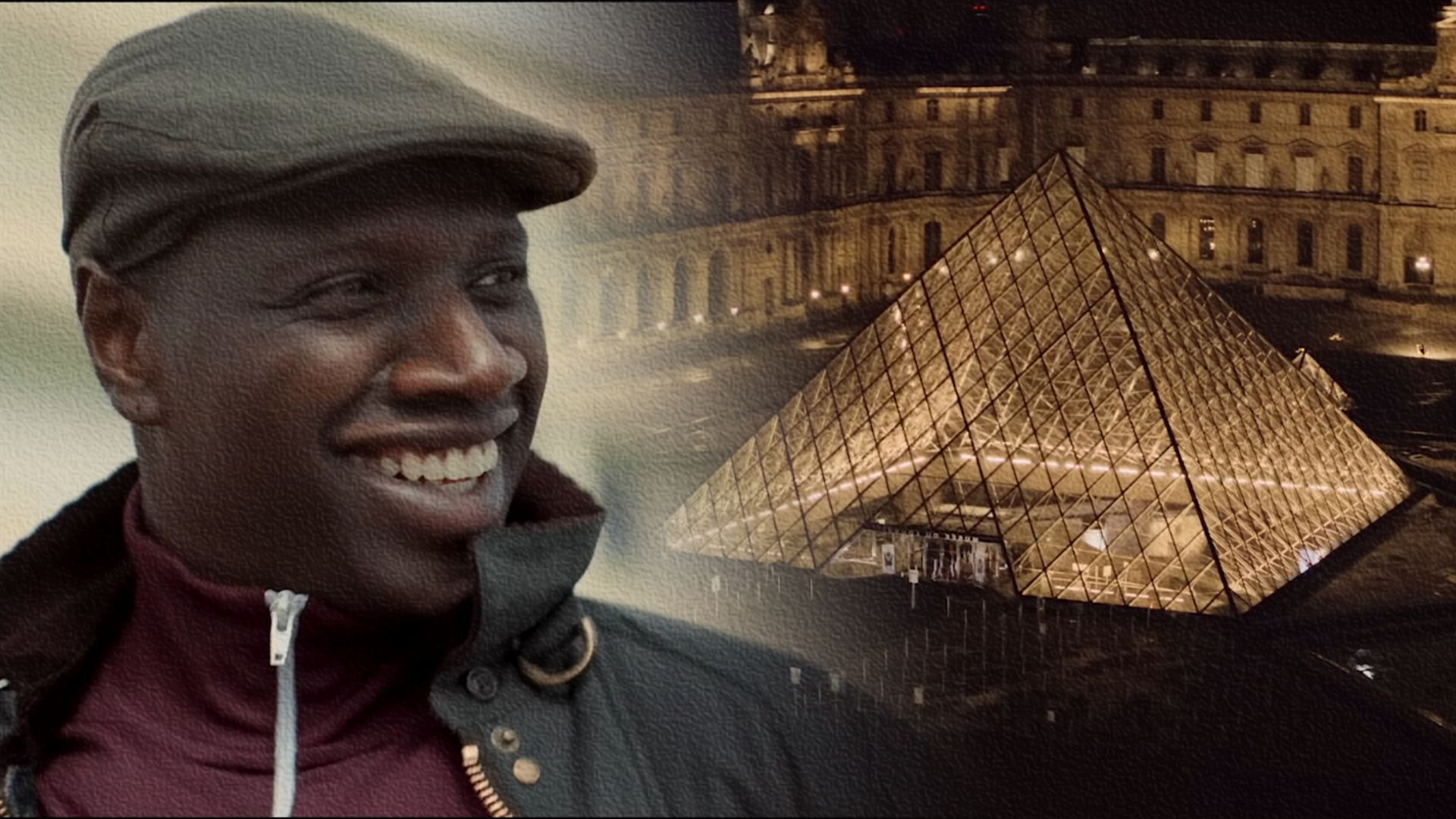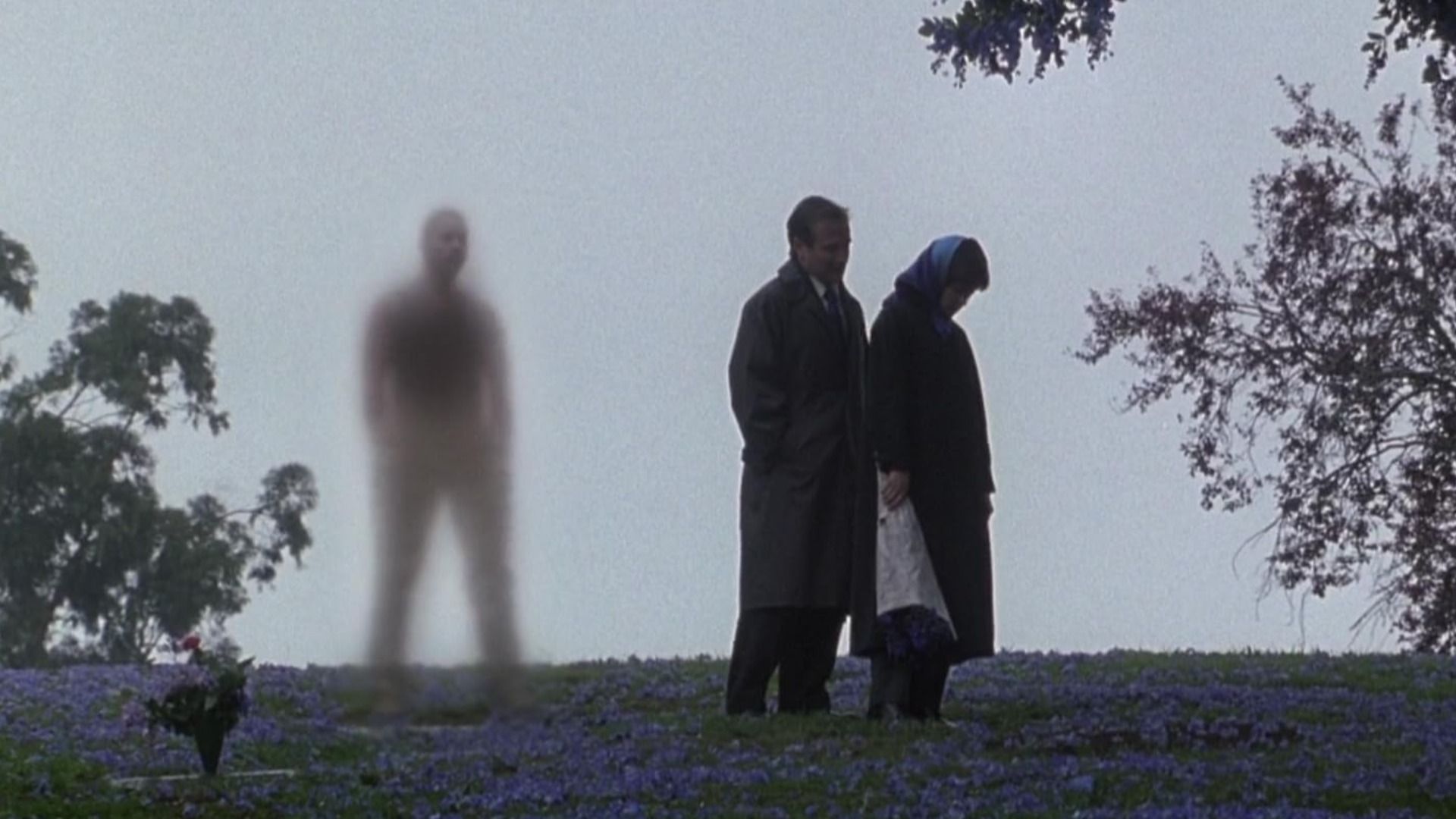
Universal Pictures has decided to hit the nostalgia button for anyone over thirty by putting a fourth installment of one of the best adventure films…
- film reviews
- retro cinema
- rotten tomatoes

Universal Pictures has decided to hit the nostalgia button for anyone over thirty by putting a fourth installment of one of the best adventure films…

Picture a film featuring a whole pack of legendary actors. Among them Jeremy Irons, Meryl Streep, Glenn Close, Winona Ryder, and Antonio Banderas.…

Picture this: there's 20 minutes until a nuclear missile hits (in the movie, it strikes Chicago). Panic, chaos. What would you do in a situation like…

You also missed this crime horror where a Marvel movie star plays a mentally ill psychopath who gets egged on by a talking cat to become a serial…

Today I dug up something absolutely wild for you. Picture Doc Brown from "Back to the Future," but he looks like a punk or goth with a dog collar…

"A brutal film," "hypnotic," "the best King adaptation." That's how audiences are describing "The Long Walk," a thriller about a deadly game where…

If you look at actor Viggo Mortensen in real life (interviews, fan meet-and-greets), you'd say: "What an absolute sweetheart!" Now imagine this guy…

On October 19th and 20th, news broke worldwide that unknown thieves had robbed the National Art Museum in Paris.

You thought only the chosen few get the statuette? What if I told you it's been won by a rapper who buried his living mother in a music video; by…

Picture Tom Hanks from Cast Away, gone completely mad on that deserted island, taking down a massive wild boar with his bare hands while laughing…

When it comes to films about poets or artists, you probably immediately think of something like "boring period piece cinema." But sometimes a project…

Let's get one thing straight right off the bat: Hugh Jackman IS the perfect Wolverine. Period.

Everyone and their mother is talking about artificial intelligence these days. ChatGPT writes our texts for us, neural networks paint pictures. But…

You've probably found yourself wondering what "interesting" film to watch when it feels like you've already seen everything cinema has to offer?…

This isn't another tired story about evil spirits or cursed houses. This might be the most unusual horror of the decade (or ever) — because the…

Everyone knows Guillermo del Toro — the creator behind "Pan's Labyrinth", "The Shape of Water", and "Hellboy", something of a Stephen King or even…

As soon as viewers caught a glimpse of the monster hunter's latest adventures, social media exploded with comments like "What a disaster," "The…

If you were hoping "TRON: Ares"—about a sophisticated program sent into the human world—would take this cult cyber-franchise to the next level, you…

On October 3rd, Denis Villeneuve turned 58. When people recall his films, they usually mention "Dune" or "Arrival." But there was one project in his…

On October 2nd, Sting turned 74. For millions of fans, he's known primarily as a singer. But in the '80s and '90s, the musician had another…

For many, Zach Galifianakis is, first and foremost, the hilariously funny character from "The Hangover" and that signature bewildered look that's…

Gary Oldman is officially a sir. At the end of September 2025, Prince William knighted the 67-year-old actor at Windsor Castle for his services to…

20th Century Studios has announced the second installment of "The Simpsons Movie," which will be released exactly 20 years after the debut feature…

A cursed hotel standing at the gates to hell, Japanese horror about torment after death, Cenobite demons emerging from a puzzle box, a spaceship…

As September turns to October, viewers can expect an unusual lineup of premieres: a screen adaptation of a cult novel starring Austin Butler, a…

On September 26th, Linda Hamilton turns 69 — and it's a perfect opportunity to remember Sarah Connor not only in the iconic "Terminator," "Judgment…

Everyone knows Will Smith as the guy in the black suit with a neuralyzer in his hand or as the alien-fighting pilot from "Independence Day."

He appears on screen with an expression of complete confidence and the squint of a man who couldn't care less about your rules. He coolly dishes out…

In Tolkien's books, Frodo and Sam walked for six months through the Misty Mountains, marshlands, and Mordor to finally cast the Ring into the fires…

Quentin Tarantino is a director with impeccable taste. Almost always. When he's filming. But when he's watching movies — there can be surprises.